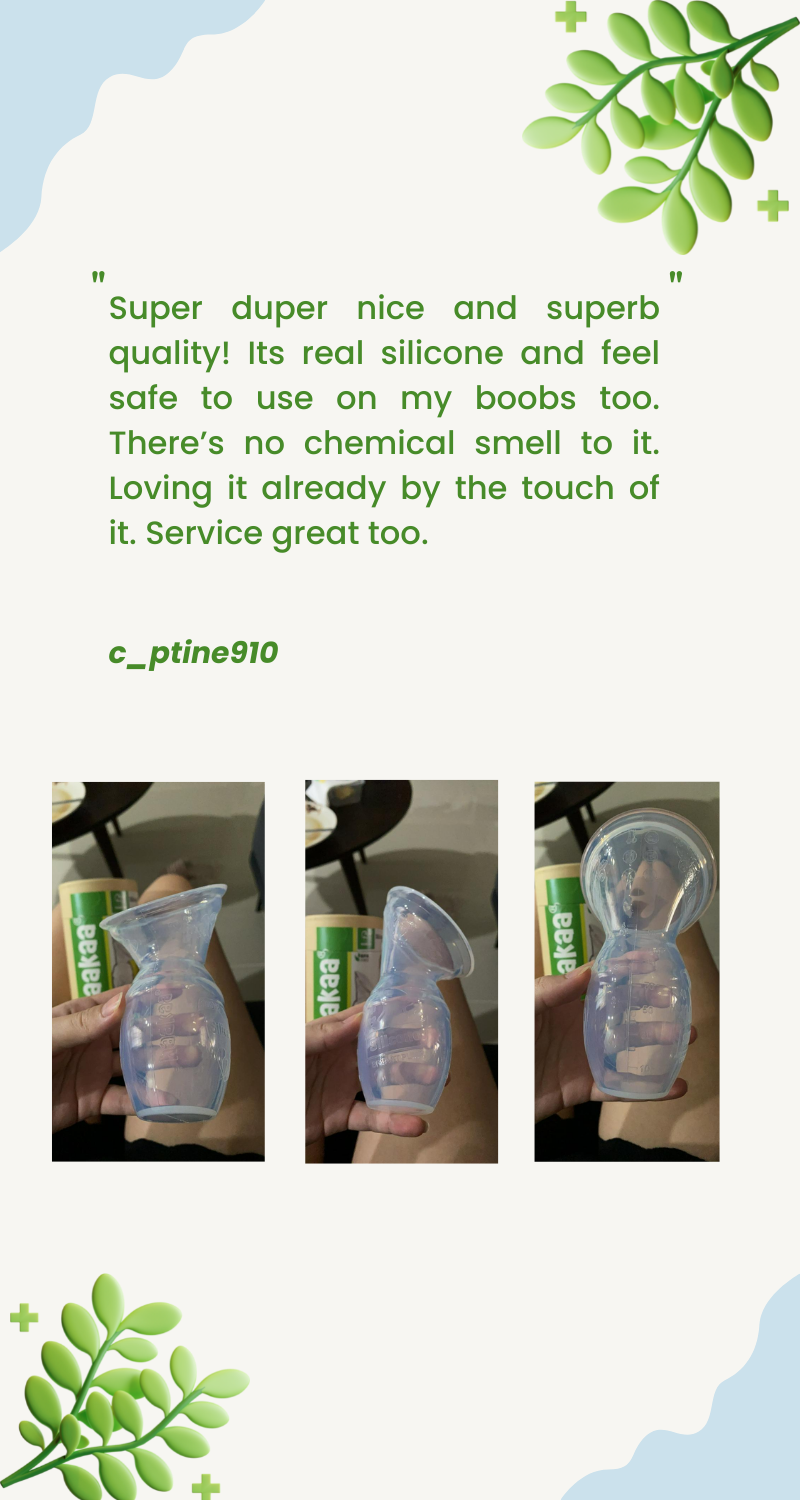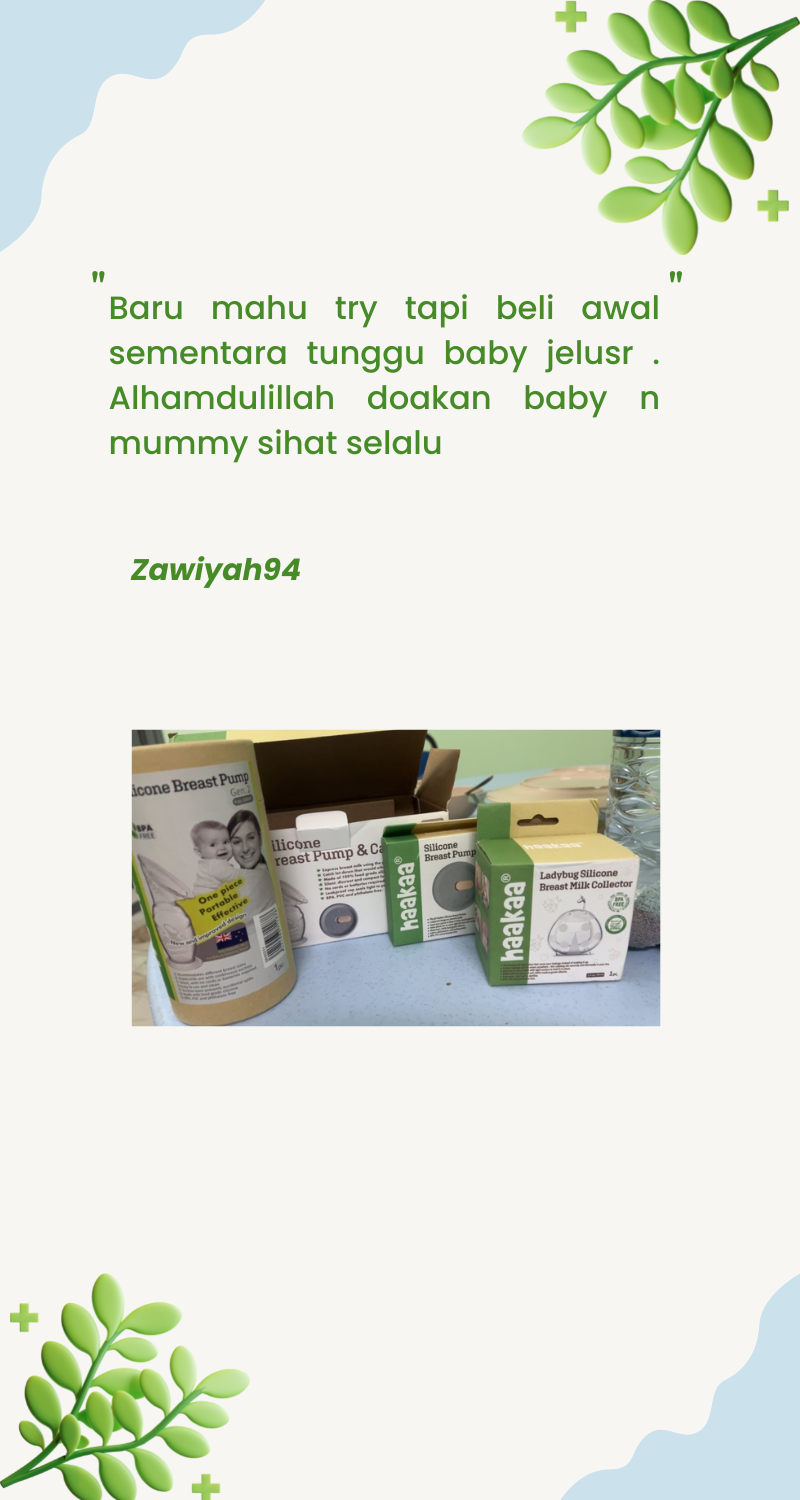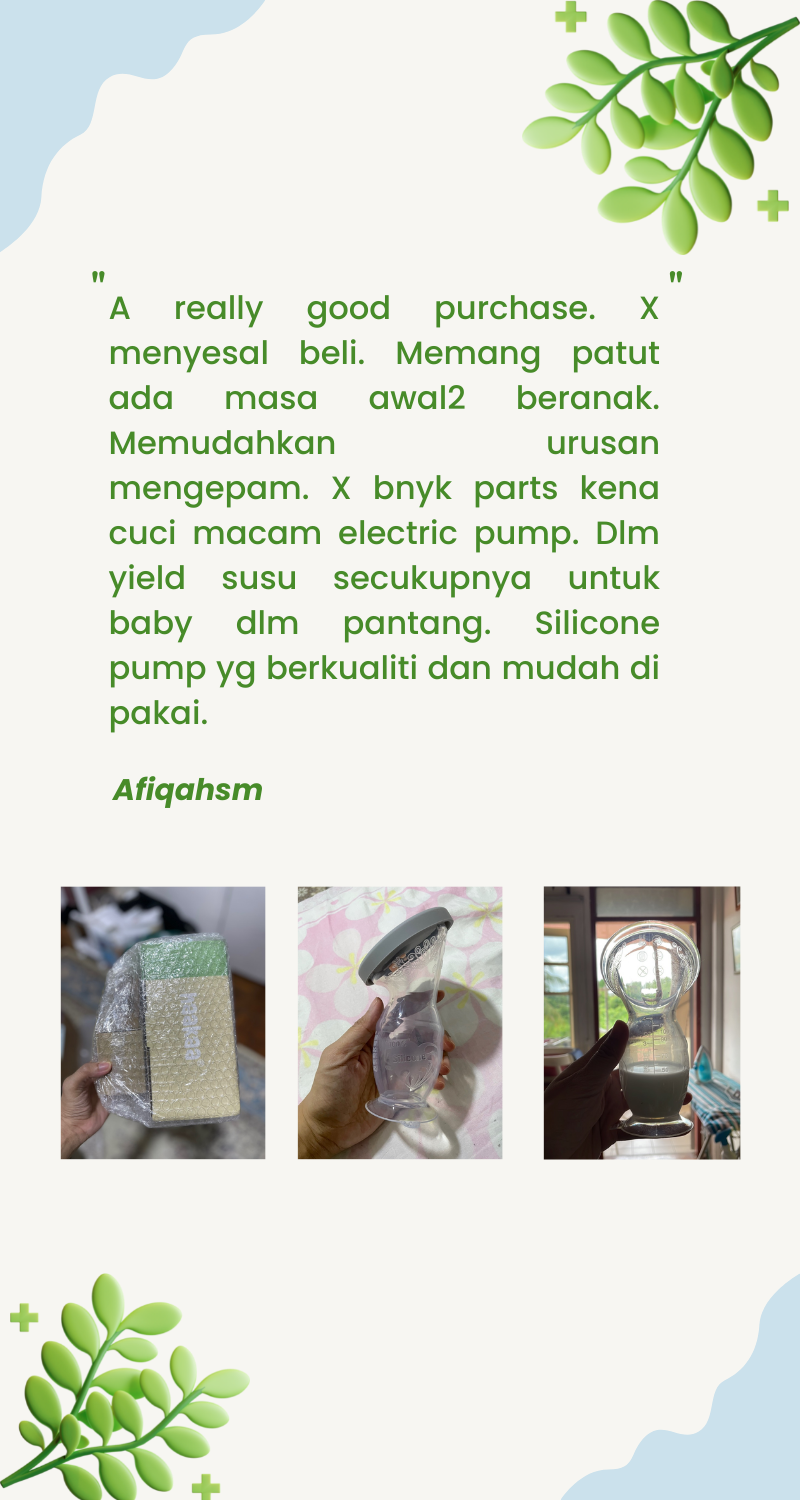
This blog is written by Aliza from Bumpnbub.
Whether you are mixed feeding or transitioning from breastfeeding to bottle-feeding, it can be frustrating when your baby doesn't take a bottle. Remember to always take one feed and one day at a time as your baby is learning and adapting. There is no one solution to getting bub to have a bottle feed, although there are a few pointers below that may assist you. Hopefully, these tips help you and your partner encourage bub to accept the bottle so you can both enjoy the magical moments of feeding your baby. Remember that you can see a lactation consultant if you have problems with any type of feeding, including bottle feeding.

To begin with, it is important to have realistic expectations for your baby and how it may take a few days or weeks for them to take the bottle. If your baby has previously breastfed for a while, take this into consideration, as it may be harder for them to get used to bottle feeding. To help the transition from breast to bottle for your little one, consider using a similar teat shape to the breast and begin with putting breastmilk in the bottle, so it is a familiar taste for your baby. When bub is comfortable taking the bottle with breastmilk in it, you can change to formula if that is your preference or continue pumping and using breastmilk. If your baby is having trouble sucking on a bottle, persist with the same teat on multiple occasions before trying different shaped teats. Sometimes it can take a couple of different shaped teats before finding one your baby sucks well on. Also, buy a teat with an appropriate flow for your baby's age; newborns should start on a slow flow teat and can be increased as they get older and more efficient at bottle feeding.
Tips To Help Your Baby Accept A Bottle
- Early feeding cues
Always prepare and begin a feed when you can observe your baby showing early feeding cues. These include; waking up, sticking their tongue in and out, trying to suck their hands, turning their head side to side, or rooting. These are early cues that your baby is showing that they are hungry and will likely feed more easily and calmly at this point.
- Don't feed your baby while they are crying
If your baby is upset or showing late feeding cues, give them a cuddle and calm them down before offering the bottle. Your baby cannot cry and suck at the same time, so avoid trying to get them to feed when they are upset, as it will probably aggravate them and make the situation worse. Calm bub by giving them cuddles, having skin to skin, talking to them or moving around and changing the scenery, then once calm, offer the bottle.
- Position your baby appropriately
When bottle-feeding, your baby should be cradled in your arm gently but firmly on a slight incline to make it easier for them to digest the milk. Support their head so they can breathe and swallow easily. Touch or brush the teat of the bottle along your baby's lips in a downward direction to encourage them to open their mouth wide and start to suck.
- Ensure correct latch onto the teat
When bub initially latches onto the teat ensure they have their tongue down and a wide latch, exactly the same as they would if they were feeding at the breast. If your baby is pushing the teat out of their mouth with their tongue, this may be a sign that they are not getting their tongue down when latching onto the teat. Keep persisting by brushing the teat downwards over their lip and encouraging a big wide mouth before putting the teat in their mouth.
- Ask someone else to bottle feed your baby
If you are trying to transition bub from breastfeeding to bottle feeding and having trouble getting them to take the bottle, you might need your partner or someone else to offer the bottle to your baby. If your baby can see, hear or smell you, you might also need to try leaving the room for them to take the bottle. Often, if your baby knows that you are close by, they will not accept the bottle in the hope they can feed from the breast.
- Minimize air intake through the teat
When it comes to bottle-feeding, air can lead to the dreaded subject of wind or colic, which can cause discomfort for your baby. To ensure your baby doesn't suck in air through the teat, keep the neck of the bottle on an upwards angle, so the teat is always filled with milk. Then, as the bottle slowly drains, you will need to tip the bottle higher.
- Give bub a burp break
Halfway through the feed, or when your baby stops sucking strongly, remove the bottle from their mouth and place them in an upright burping position. Once you have tried burping your baby and given them some time to digest the milk they have just consumed, you can re-offer the bottle.
This blog is general advice only and doesn't replace the need for medical advice. Please consult your healthcare provider if you have any issues or concerns.







